Sunday December 8, 2019, 1:15 PM – 5:45 PM
Conveners: The GeoPRISMS Steering and Oversight Committee – Becky Bell, Rebecca Bendick, Daniel Brothers, Mark Caddick, Char Deering, Katie Keranen, Luc Lavier, Rob Harris, Emily Roland, Kyle Straub, Jessica Warren, Demian Saffer
12:00 – 1:15PM | Lunch to be provided (OneUP Lounge, Mezzanine Level)
1:15 – 1:30 | Welcome from GeoPRISMS Office and news from NSF (Demian Saffer, Jenn Wade)
1:30 – 1:45 | Welcome, Introduction & Charge to Discussion Groups (Demian Saffer)
Overarching goal is to prepare community to write proposals for longer term workshops/studies, and for future opportunities in research and E&O.
1:45-2:00 | Example of recent synthesis workshop – strategies & outcomes (Terry Plank)
2:00 – 3:30 | Breakout Discussions
- Strain localization and evolution of plate boundaries (Sarah Jaye Oliva; Erin Hightower)
- Linking geophysical imaging to active composition/state/properties (Andrew Gase; Cailey Condit)
- Fluids/metamorphism/rheology & exhumed records of plate margins (Andy Smye; Kayleigh Harvey)
- Fluid and volatile migration (James Muirhead; Suzanne Birner)
- Feedbacks between tectonic deformation and magmatism (John Green; Luc Lavier)
- The pace and mechanics of magma supply (Dan Rasmussen; Chad Deering)
- From slow slip to mega-earthquakes (Hiroko Kitajima; Connor Drooff)
- Coupling geodynamics and surface processes; geohazards on passive-aggressive margins (Tina Dura)
3:30 – 4:00 | Coffee Break
4:00-5:30 | Breakout report-outs & plenary discussion
- Identify common themes and needs
- Discuss strategy and timeline for implementing next steps: workshop proposal “packages”, products to be developed, etc…
5:45 | Adjourn for Evening Celebration, light catering & Cash Bar (Bayview Room, 36th Floor)
The goal of the workshop is to harness momentum from the large synthesis & integration workshop that took place in San Antonio in February 2019, and in particular to develop strategies for engaging the community in fundamental science that builds upon the last two decades of the GeoPRISMS and MARGINS programs. Unlike many of the previous GeoPRISMS workshop events, this gathering is planned as a “working meeting”, from which we hope to emerge with a clear set of planned activities and/or proposals for future small, focused workshops; science proposals that can/should be pursued; key needs for synthesis and integration and plans to implement these; and synthesis or integration products that tie together science in thematic areas.


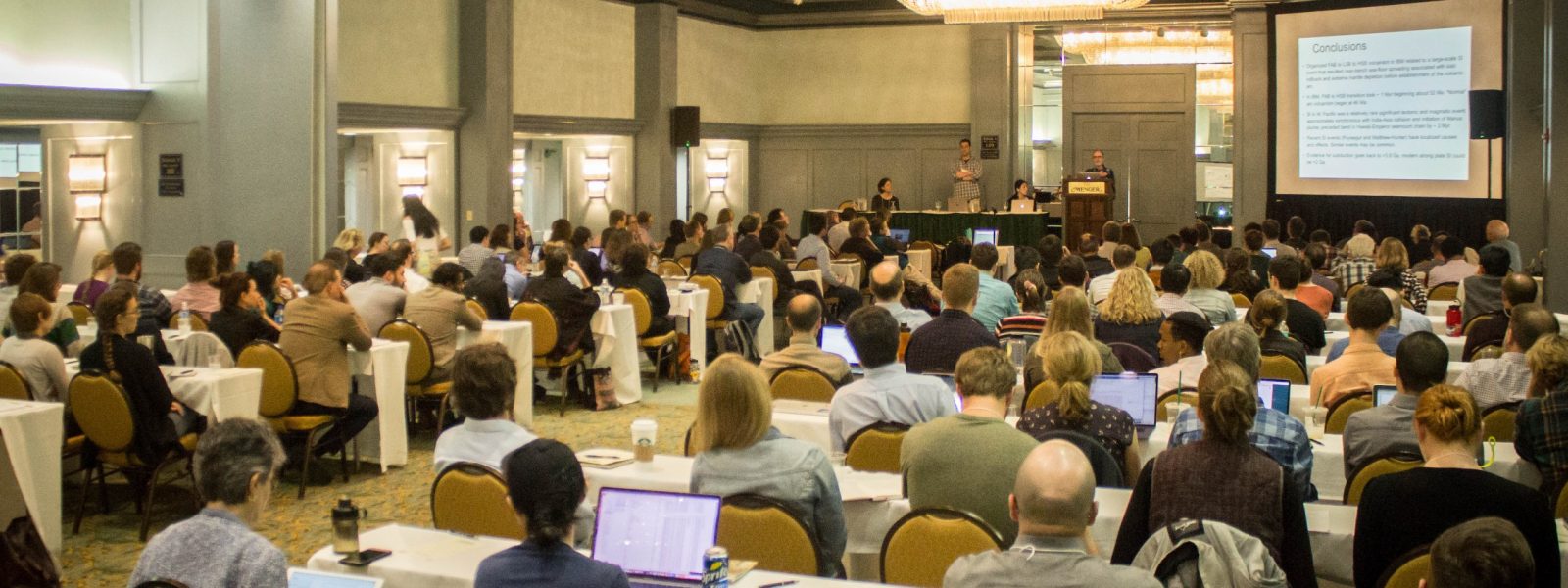
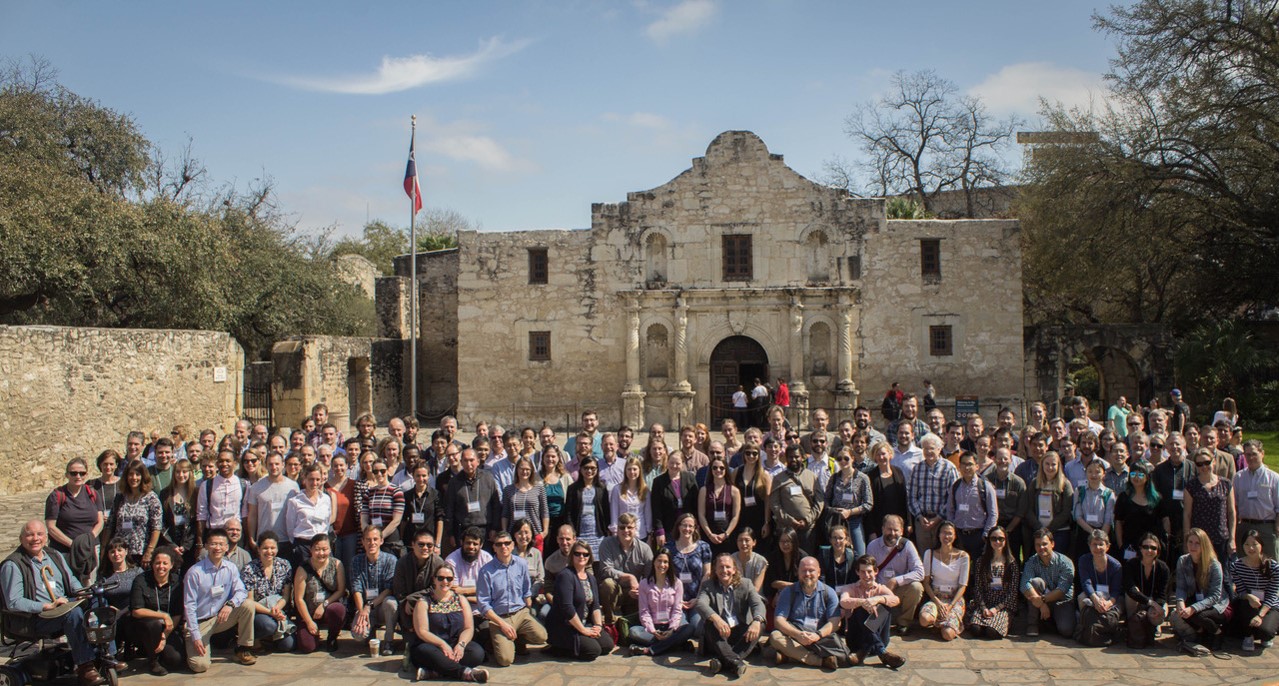


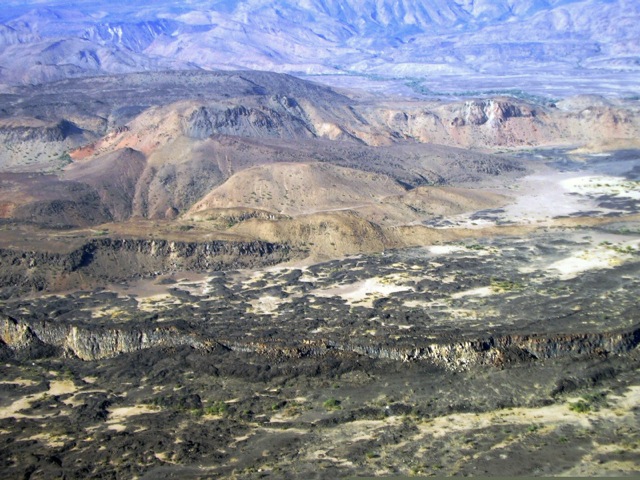

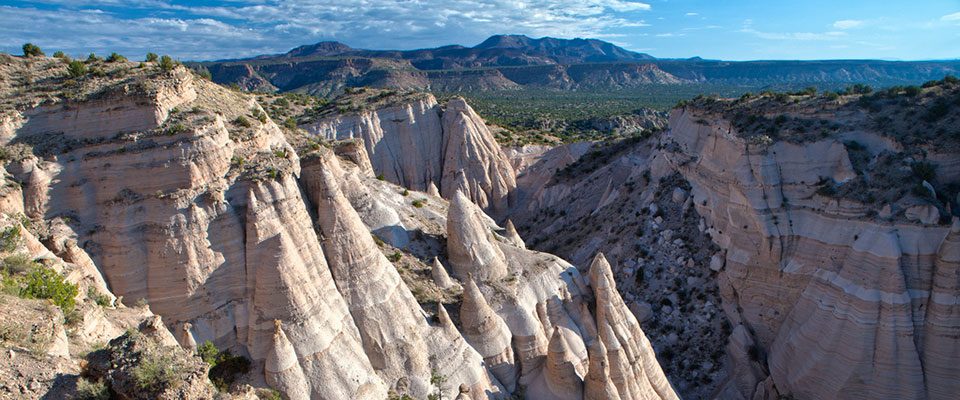

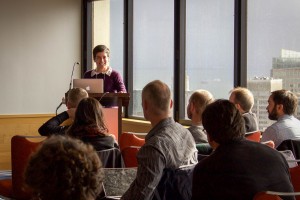

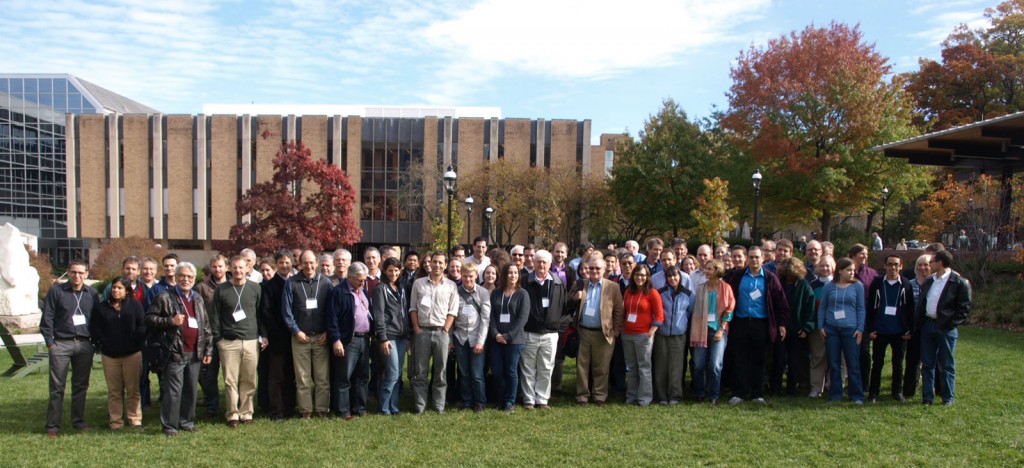
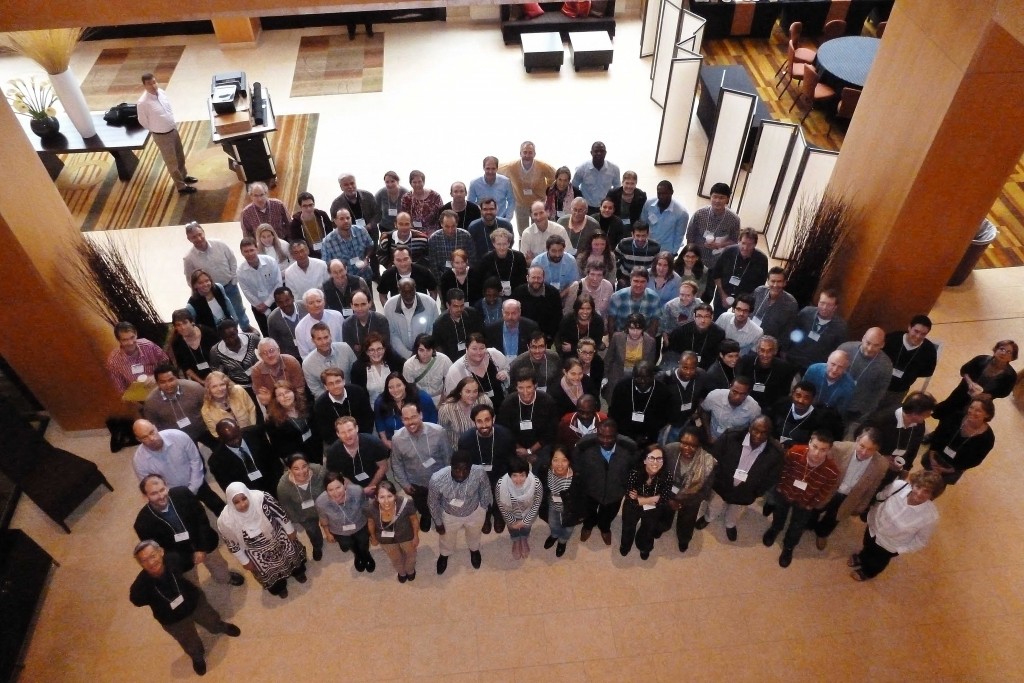
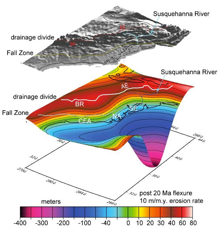 Description
Description